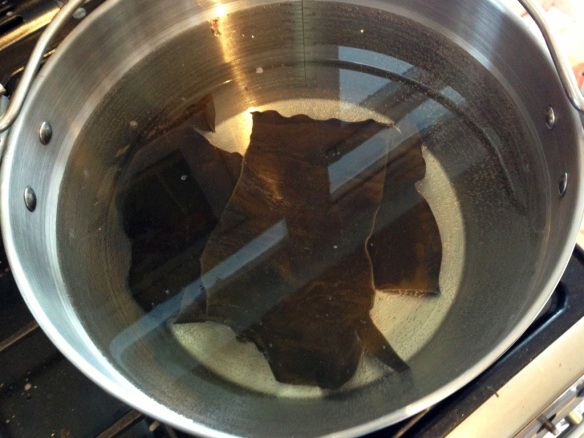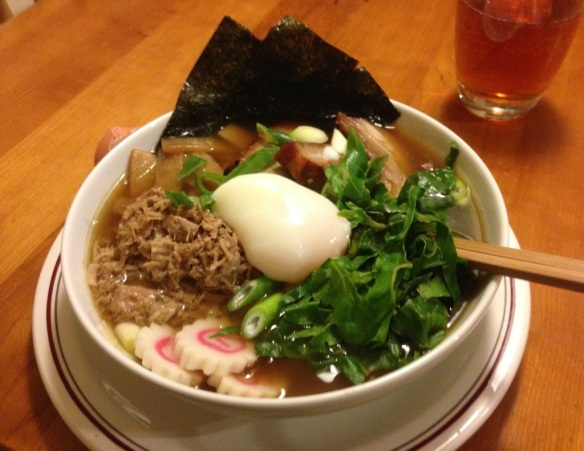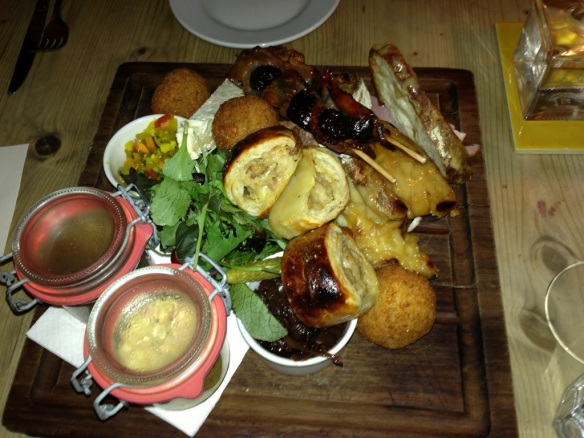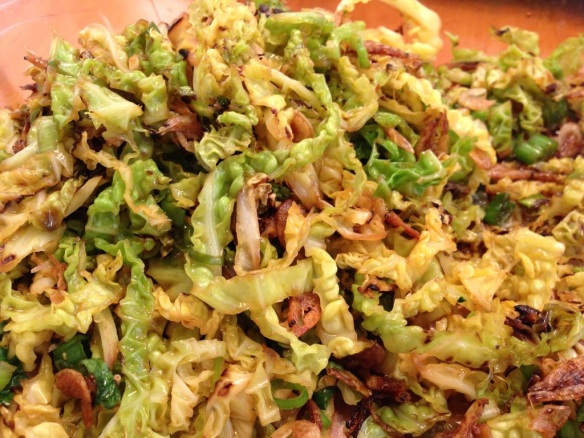Michel Roux, alongside his brother Albert, have perhaps done more for British restaurant cuisine than anyone. Dragging it kicking and screaming from the mid-seventies horrors of ‘chicken in a basket’, Le Gavroche and The Waterside Inn are landmarks in england’s culinary landscape. Their kitchens have transformed our view of classical french cuisine and have nurtured the careers of numerous future stars, not least Gordon Ramsay; and their sons, Michel Jr. and Alain.

In his latest book, Michel draws together a selection of his recipes from a variety of areas, including everything from quick breakfasts to desserts. He covers basic culinary staples like stocks and pastry making as well as more classical dishes, like Coquille St Jacques and Bouillabaisse.
The book is beautifully laid out – with lovely photography and detailed explanations of complicated techniques. Measurements are sensibly chosen and ingredients shouldn’t be too difficult to find. I wanted to pick something simple but fun, so I went with croissants.
Recipe – Croissants
Reproduced by kind permission of Quadrille Publishing
Makes 12-14 small croissants (1.1kg dough)
Ingredients
25g Fresh yeast (available from any bakers)
250ml Tepid milk
275g Butter (cold but not too hard)
12g Fine salt
50g Sugar
500g Plain flour
Egg wash (1 yolk mixed with 1tbsp milk)

Method
Making the Dough
Dissolve the yeast in the milk in a bowl. Put the flour, salt and sugar in an electric mixer fitted with a dough hook and mix at low speed, gradually adding the yeast mixture. Stop working the dough as soon as it comes away from the sides of the bowl, the texture must not become too elastic.
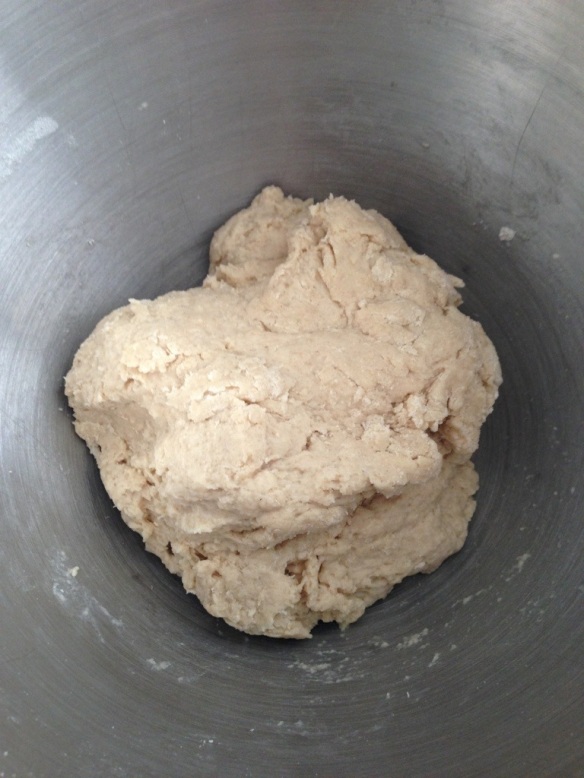
Cover the bowl with cling film and leave the dough to rise in a warm place (at about 24°C) until doubled in volume; this should take 45 minutes to 1 hour. Knock back the dough by flipping it over with your hand to release the carbon gas, but do not overwork it. Cover the bowl again with cling film and place in the fridge for at least 4 hours, but not more than 8 hours. Knock back the dough in the bowl again, then transfer it to a lightly floured work surface.
Shape the dough into a ball and cut a 5cm deep cross in the centre. Roll out the 4 sides to make flaps. Bash the butter into a rectangle with the rolling pin and place it in the centre. Fold the flaps over the butter to envelope it completely.
First turn – Lightly flouring the surface as necessary, roll the dough out to an 80cm x 30cm rectangle. Fold the rectangle into three. Wrap in cling film and chill for 30 minutes.
Second Turn – Give the chilled dough a quarter-turn, roll out to a rectangle, fold again, wrap and chill as above.
Third and final turn – Roll the dough out in the opposite direction from the previous turn to a rectangle and fold as before. Wrap in cling film and chill for at least 30 minutes (no more than 1 hour).
Shaping and Baking Croissants
You will need a triangular cardboard template, measuring 9cm across the base and 19cm high. Lightly flour the work surface and roll out the dough (after its final turn) to a 65cm x 40 cm rectangle, 3mm thick. Lift it slightly off the work surface and flap to aerate it and prevent it from shrinking. Trim the four sides of the dough with a chef’s knife, then cut it in half lengthways to make two even sized bands. Using the template as a guide, cut the dough into triangles.
Lay a dough triangle on the work surface with the base towards you. Use the knife to make a 2cm deep incision in the middle of the base, pull the 2 points of the bas slightly, then pull the point of the triangle.
Roll up the triangle starting from the base and continue until you reach the point. (For a savoury croissant, lay a slice of ham at the base before starting to roll). Turn the points inwards to form a crescent. Repeat to make the other croissants as quickly as possible.

Place the croissants on a baking sheet, spacing them apart and lightly brush with egg wash, starting on the inside and working outwards so that the dough doesn’t stick together and prevent the croissants from rising properly.
Put the baking sheets in a warm, preferably slightly humid place (at 25-30°C) and leave the croissants to rise for 1 hour until they have almost doubled in size. When they are nearly ready, preheat the oven to 160°C (Gas 3). Lightly brush the croissant with egg-wash again and bake for 12-14 minutes.
The Verdict
The croissants were gorgeous – light, fluffy and very moist. Next time out I’ll be a little more generous with the egg wash, but I’m really pleased with the result!

The recipe was easy to follow, the ingredients should be in any cupboard (apart from the fresh yeast, which is available directly from the bakers of any large supermarket) and none of the techniques should cause any trouble to even the most timid chef. I do have one top tip for whenever you are doing ‘multiple folds’ for things like puff pastry: make a small dot mark with a finger to show which ‘turn’ you’re on (e.g. two dots for the second turn). It’s very easy to forget when you take it out the fridge!
The book is really lovely and i’m looking forward to trying out a number of other dishes which i’m sure will make an appearance on here over the coming months. If you’re looking for a comprehensive introduction to french cooking – look no further. It’s a miniature Escoffier for the modern age.
Michel Roux: The Collection, RRP £25, is published by Quadrille and is available from all good bookshops.





